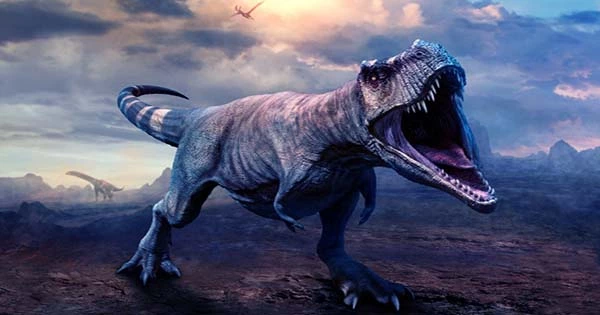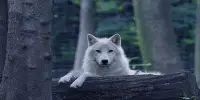A new study sheds light on the eating habits of ancient carnivorous dinosaurs found in Jurassic rocks in the United States. A recent study published in PeerJ by Roberto Lei (Università degli Studi di Modena e Reggio Emilia) and colleagues investigates the bite marks left by predatory theropod dinosaurs on the ancient bones of huge long-necked sauropod dinosaurs like Diplodocus and Brontosaurus.
Tooth-marked bones shed light on the feeding habits of long-extinct predatory species. While it is usually assumed that huge tyrannosaurs were the principal perpetrators behind these tell-tale scars on dinosaur bones, Lei and colleagues’ research looks more closely at the contributions of other great predators to this paleontological mystery.
The study summarizes the findings of a thorough examination of the literature and fossil collections, yielding a startling discovery: 68 sauropod bones from the Upper Jurassic (c. 150 million years old) Morrison Formation of the United States had unambiguous theropod bite evidence.

The team’s findings indicate that, while bite traces on giant sauropods were less prevalent than in tyrannosaur-dominated habitats, they are nevertheless abundant in the Morrison Formation, and more abundant than previously thought. One especially noteworthy aspect of their discovery was the lack of signs of healing in any of the observed traces, indicating that these bites occurred either in a single, deadly encounter or, more likely, as post-mortem feeding traces from scavenging.
The scientists also examined the wear on the teeth of Morrison Formation theropods and discovered that it is related to biting bones more frequently than previously thought and is similar to the patterns seen in giant tyrannosaurs. However, attribution of bite traces to specific theropod taxa remains a difficult task due to the availability of several credible candidates, making it difficult to assign any single bite on sauropod bones to predators such as Allosaurus and Ceratosaurus.
The study’s corresponding author, Dr. David Hone of Queen Mary University of London, says, “This new work helps us understand the ecological relationships between dinosaurs in the Jurassic and reveals that the habits of the larger carnivores were closer to that of the tyrannosaurs than previously thought.” It’s a crucial step toward understanding the behavior of these ancient animals.”
This study not only improves our understanding of ancient ecosystems and predator-prey relationships, but it also raises intriguing concerns regarding the intricate web of life in the late Jurassic period. The authors have opened up a new window of study and understanding by focusing on bite and tooth marks, where these amazing conclusions tell a story of predators and their relationships with some of the largest beasts to ever wander the Earth.
















